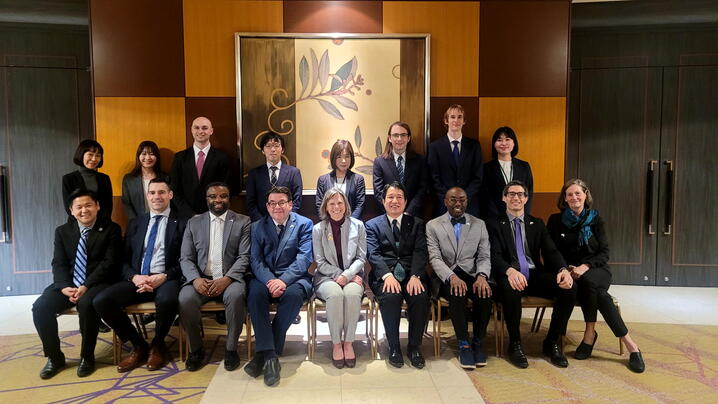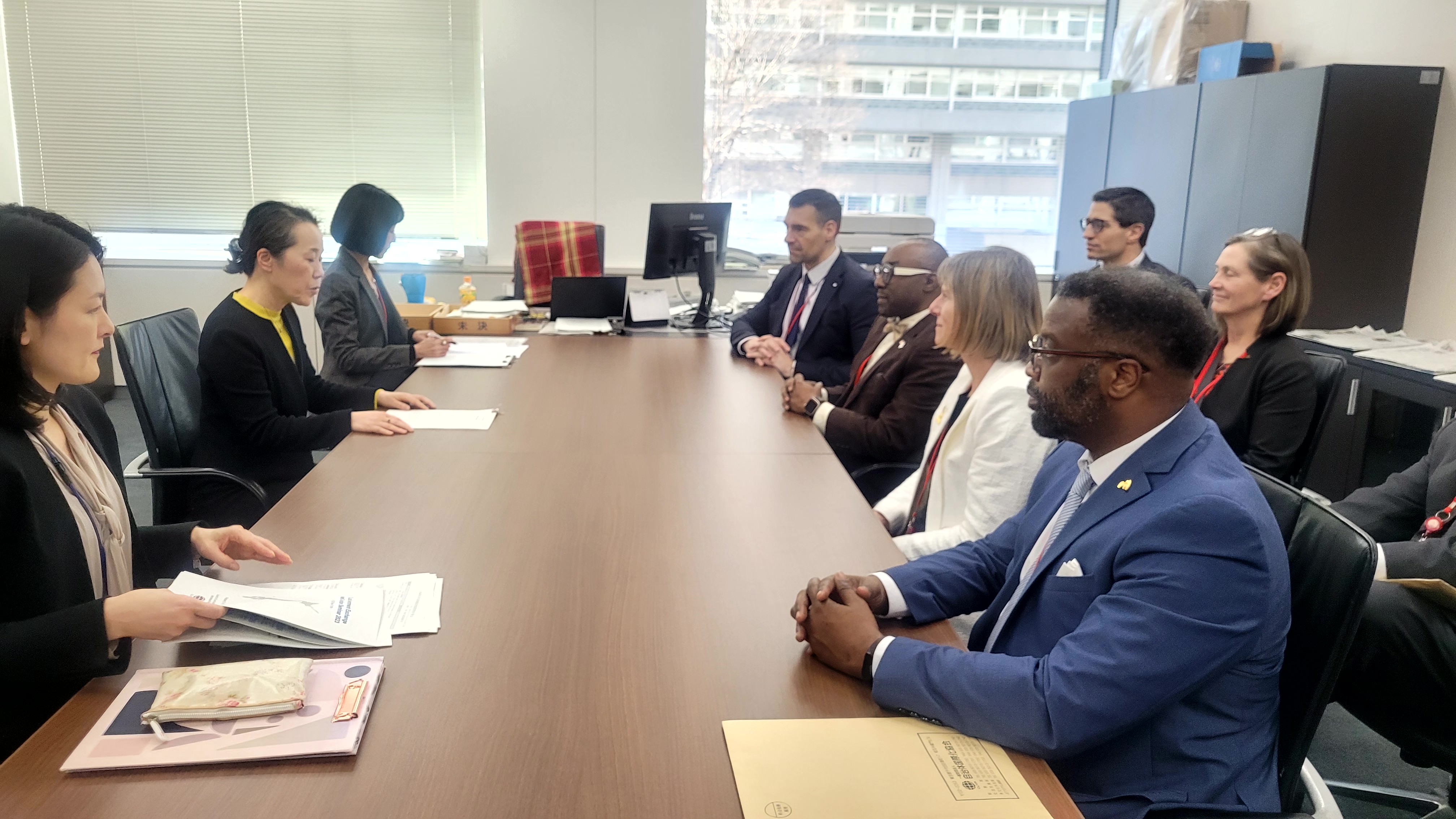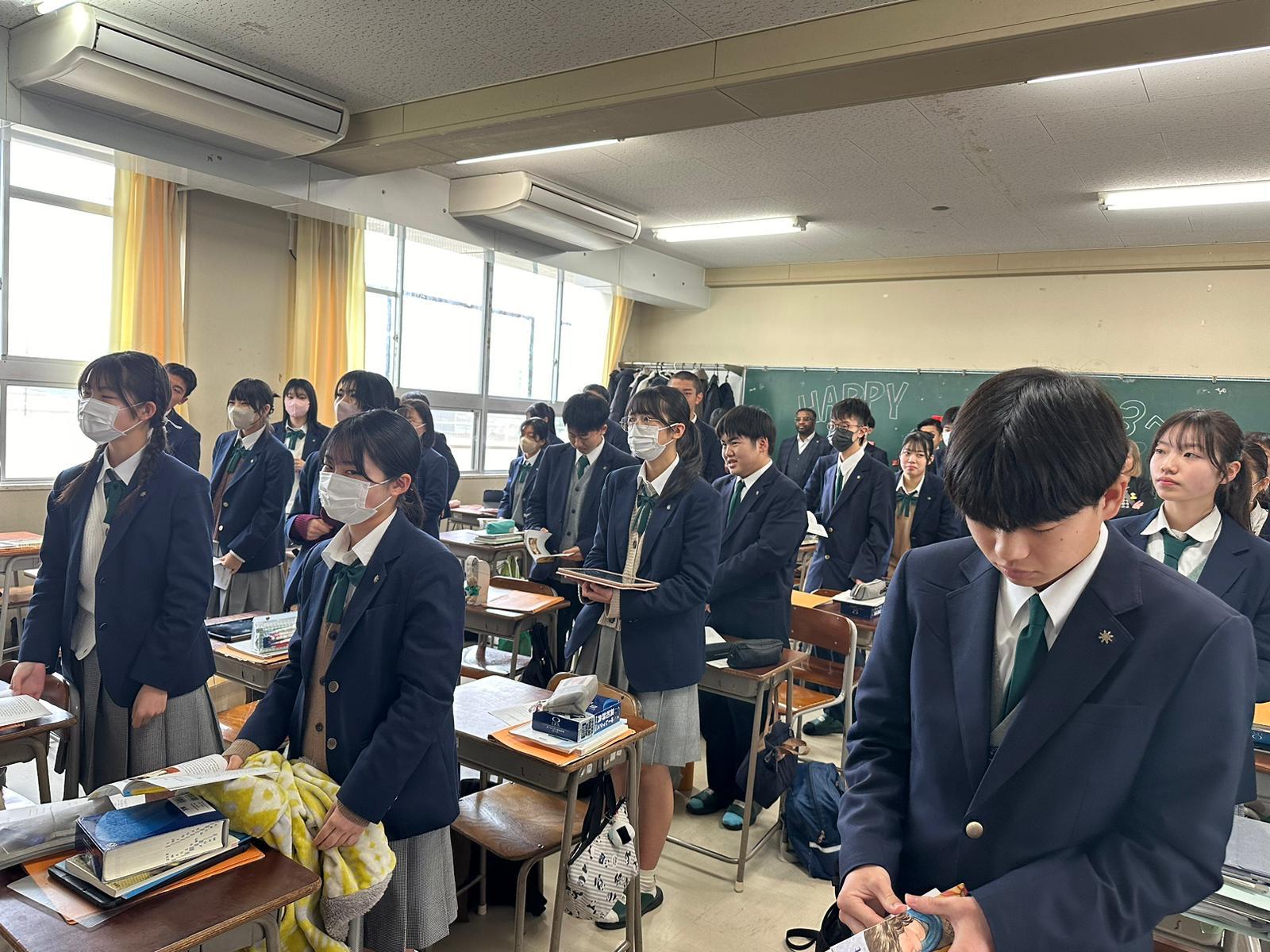
As a city manager and member of ICMA's Global Engagement Committee, my recent visit to Tokyo and Okayama, Japan, offered an invaluable perspective on public administration and the universal challenges we face in governance. This journey, organized by the Council of Local Authorities for International Relations (CLAIR) in Japan is an opportunity for senior state and local government officials to experience Japanese government administration firsthand. ICMA received an invitation to participate in this year’s program, as in past years, and joined representatives from other organizations in North America including the National League of Cities (NLC), the National Association of Counties (NACo), the Association of Municipal Managers, Clerks and Treasurers of Ontario (AMCTO), and the Council of State Governments, among others. The trip underscored the importance of global exchange and collaboration in local government practices.
A Comprehensive Itinerary: Seminar and Study Tour
The Local Government Exchange and Cooperation Seminar took place February 12-18, 2024, structured into two main segments: a seminar in Tokyo and a study tour in Okayama Prefecture. The seminar began with insights into the Japanese local government system, complemented by site visits in Tokyo. These activities provided a foundational understanding of Japan's approach to municipal governance, emphasizing meticulous organization, citizen engagement, and a deep-rooted sense of community.

Following the seminar, the delegation embarked on a study tour of Okayama Prefecture. This portion of the visit allowed us to dive deeper into the practical aspects of local governance through visits to various facilities and local companies. Engaging in opinion exchanges with Okayama's government employees was particularly enlightening, offering direct insight into their strategies for managing urban development, environmental sustainability, and economic growth.
Education Funding and Administration in Japan
The national government sets the foundation for education in the country. The 1947 Basic Act on Education outlines the aims and principles of education, setting the national curriculum standards for elementary, secondary, and special needs schools to maintain specific standards of education and ensure equal quality education for all, including the prohibition of partisan political and specific religious education. These national curriculum standards are revised periodically.

Unlike most U.S. municipal governments, who do not have primary responsibility for education administration, the administration of elementary and middle schools is the responsibility of the Japanese municipal government. High schools are primarily overseen by regional government prefectures, and colleges are primarily administered by the central national government with some colleges overseen by the prefecture. The national government provides subsidies to ensure standardized education across the country, while local governments manage the day-to-day operations and maintenance of schools. This funding is sourced from taxes, including income, corporate, and consumption taxes. The allocation of these funds is meticulously planned to ensure equitable distribution and the upkeep of high educational standards. Furthermore, schools have virtual autonomy in their own management, with little interference from boards of education or local communities. Although primary and secondary school may have a parent-teacher association (PTA), it is not as influential and engaged as U.S. schools.
As we visited several schools and spoke with administrators, it was clear that compulsory elementary and secondary education was not disparately funded in the prefecture. As a result, every school had high student success rate, over 95% graduation rate, high literacy rate, and low dropout rate. All public schools are funded equally, use the same curriculum, and use similar performance standards, unlike U.S. schools who depend primarily on state and local funding with varying income and tax revenue from district to district. The U.S. school funding model has led to a disparity in the funding that schools in different parts of a single state may receive. Schools in affluent areas receive more funding compared to those located in low-income areas. The U.S. model presents systemic challenges to schools in low-income areas when performance measures are tied to funding models. It becomes more cyclical and circular as poor school performance in low-income areas could have an indirect causal relationship with the low income and property taxes in the economic life cycle.

While local government managers cannot manage school districts or oversee school finances, we can collaborate with local school systems and plan for mixed-income communities that could allow greater reinvestment into quality of life and quality educational programs. We can also leverage partnerships in community-oriented learning and ensure neighborhoods are safe, clean with a range of housing choices; transportation choices; walkable and accessible parks and community services; and effective after-school programming.
Centralization of Infrastructure Funding
I was awed by the well-maintained infrastructure and the cleanliness of the various cities that I visited. Firstly, this is a testament to the effectiveness of their coordinated approach to funding and maintenance by central and local government. The centralized role of the national government in Japan provides a model for ensuring standardized development, zoning, and land use and maintenance across the country. This centralization mitigates regional disparities and ensures that all areas receive adequate support for major infrastructure projects.
Secondly, funding sources for government in Japan are diversified, including a mix of income, corporate, and consumption taxes, offering a stable revenue stream for both national and local governments. This stability contrasts with the U.S. model, where local funding revenue varies from city to city and state to state. Japan’s intentional planning and coordination between national and local governments ensures alignment with national priorities, infrastructure projects, and broader strategic goals.
Finally, the focus on sustainable urban growth and modernization in Japan, driven by national initiatives, highlights the benefits of integrating sustainability into infrastructure funding models. While the United States has national efforts to promote sustainability, there are many different localized efforts among cities. Adopting a more regional approach could enhance the effectiveness and impact of these initiatives.
By learning from these aspects of Japan’s infrastructure funding model, ICMA members can develop more effective strategies to address the complexities of infrastructure funding in the United States, leading to improved infrastructure quality, consistency, and sustainability. The lessons learned from Japan’s model highlight the importance of integrated planning, diversified and stable funding, and strong coordination between national and local governments.
Housing Policy and National Zoning
Japan’s approach to housing policy and national zoning is another area of interest, showcasing how comprehensive planning and regulation can lead to orderly urban development and high standards of living. The country's zoning system meticulously regulates land use across various zones, including residential, commercial, and industrial areas. The national government sets the overall framework, while local governments adapt these regulations to fit their specific needs. Japan's zoning laws are designed to optimize land use, prevent overcrowding, and ensure a balance between development and environmental conservation. These zoning regulations are strictly enforced, contributing to the country's orderly urban development. By maintaining clear distinctions between different types of land use, Japan effectively controls urban sprawl and protects green spaces, enhancing the overall quality of urban living.
Japan's housing policy also aims to provide affordable housing options while maintaining high-quality living standards. The government offers a range of subsidies and incentives to promote housing development, particularly focusing on energy efficiency and sustainability. These measures not only ensure that housing is affordable but also environmentally friendly. Public housing projects play a crucial role in this policy, ensuring that low-income families have access to safe and affordable homes. The emphasis on high-quality construction and maintenance standards means that even public housing is well-regarded and well-maintained, contributing to the overall cleanliness and orderliness of urban environments.
Understanding Japan's integrated approach to housing policy and national zoning can offer valuable insights for ICMA members. The strict enforcement of zoning laws ensures that urban development is well-planned and sustainable, preventing the kind of haphazard growth that can lead to infrastructure strain and environmental degradation. By setting a national framework for zoning while allowing local adaptations, Japan ensures that both national priorities and local needs are met.
In the United States, zoning laws and housing policies can vary widely between jurisdictions. Incentivizing sustainable housing development and maintaining high standards for public housing can improve living conditions across socioeconomic groups.
Universal Challenges and Shared Values
Reflecting on the discussions and observations in Okayama, it became evident that cities around the world grapple with similar challenges. Issues such as sustainable development, public health, and community engagement are not unique to any one region but are part of a global tapestry of urban management concerns. The dedication to ethical governance, transparency, and equitable service delivery I witnessed in Okayama resonates deeply with the principles championed by ICMA, highlighting the universal applicability of these values in fostering thriving municipalities.

Cultural Insights and Future Collaborations
Exploring Okayama also offered rich cultural insights, from its historical landmarks to modern urban developments. This balance between preservation and innovation mirrors the challenges we face in our city, striving to honor our heritage while embracing progress. The visit fostered a deeper understanding and appreciation for Japan's painstaking approach to public space management, environmental stewardship, and civic pride—lessons we can integrate into our own practices.
The exchange between Okayama and our delegation has laid the groundwork for future collaborations. By sharing experiences and strategies, we can enhance our approaches to common challenges, benefiting from the diverse perspectives that international partnerships provide.
Looking Ahead with Inspired Vision
The seminar and study tour in Japan broadened my perspective on public administration and also reinforced the importance of international cooperation in tackling shared challenges. As we move forward, the lessons learned in Tokyo and Okayama can inform strategies for community development, ensuring we continue to build a city that is as resilient as it is vibrant. Engaging in this global dialogue has underscored the potential for shared growth and prosperity, inspiring us to pursue new avenues for collaboration and exchange.
While the primary difference in local government administration in Japan and the United States can be attributed to larger central government influence in Japan, I do appreciate the challenges and rewards of living in and managing a home-rule municipality in the United States that allows its residents and elected representatives to make many local choices through a participatory democratic public process.
The journey to Tokyo and Okayama was more than a study tour; it was an affirmation of the shared commitment to bettering our communities, regardless of geographical boundaries. As we apply these insights, we strengthen our resolve to foster a city that not only cherishes its roots but also looks forward to a future of innovation and inclusivity, much like the harmonious blend of tradition and progress I witnessed in Japan.
New, Reduced Membership Dues
A new, reduced dues rate is available for CAOs/ACAOs, along with additional discounts for those in smaller communities, has been implemented. Learn more and be sure to join or renew today!
